Are you eager to reunite with your betta fish after cleaning their tank?
Well, hold your seahorses! Before diving right in, it’s important to understand the ideal waiting time for reintroducing your finned friend to a freshly cleaned tank.
In this article, we’ll explore the factors to consider, proper cleaning procedures, and signs that indicate when your betta fish is ready to swim back home. So grab your snorkel and let’s dive into the world of betta fish tank maintenance!
Factors to Consider Before Returning Betta Fish to a Cleaned Tank
Before returning your betta fish to a cleaned tank, you should consider factors such as the water temperature and the presence of any residual cleaning agents. Tank acclimation plays a crucial role in ensuring the well-being of your fish. Betta fish are sensitive to sudden changes in their environment, so it’s important to maintain a stable water temperature. Make sure the water in the tank is at a suitable temperature for your betta before reintroducing them. Additionally, residual cleaning agents can be harmful to your fish. Even if you have thoroughly rinsed the tank, there might still be traces of chemicals that could harm your betta’s health. Always double-check and ensure that no cleaning agents are present before putting your betta back into their home.
Now that you know about the factors to consider when returning your betta fish to a cleaned tank, let’s discuss proper cleaning procedures for betta fish tanks without causing stress or harm to your beloved pet.
Proper Cleaning Procedures for Betta Fish Tanks
During the cleaning process, it’s important to follow proper procedures for maintaining betta fish tanks. Proper cleaning techniques and the use of the best cleaning products ensure a healthy environment for your beloved betta fish. Here are some essential steps to keep in mind:
| Step | Description | Emotional Response |
|---|---|---|
| 1 | Empty the tank partially | Relief |
| 2 | Gently remove decorations and plants | Nostalgia |
| 3 | Clean the tank with mild soap | Satisfaction |
| 4 | Rinse thoroughly with warm water | Refreshment |
| 5 | Allow tank to dry completely | Anticipation |
Following these steps not only guarantees a clean tank but also contributes to your betta fish’s well-being. After completing the cleaning process, understanding the importance of tank cycling is crucial in order to create a stable and balanced environment for your fish without any sudden changes.
Understanding the Importance of Tank Cycling After Cleaning
When it comes to maintaining a healthy and stress-free environment for your fish, there are two key points to keep in mind: avoiding fish stress and maintaining water quality. By ensuring that your fish are not exposed to unnecessary stressors such as sudden changes in temperature or aggressive tank mates, you can help them thrive. Additionally, regularly monitoring and adjusting the water parameters such as pH levels, ammonia, and nitrate levels will go a long way in keeping the water quality optimal for your fish’s well-being.
Avoiding Fish Stress
After cleaning the tank, it’s important to give your betta fish some time to adjust and avoid unnecessary stress. Rapid changes in their environment can be overwhelming for them, so it’s best to wait at least 24 hours before reintroducing your betta fish into the tank. This will allow them to acclimate to any fluctuations in temperature or water composition that may have occurred during the cleaning process.
During this waiting period, make sure you are maintaining water quality by testing the parameters regularly. Monitoring the pH level, ammonia, nitrite, and nitrate levels is crucial for ensuring a healthy environment for your betta fish. If any of these levels are off balance, take the necessary steps to correct them before adding your fish back into the tank.
Maintaining Water Quality
To maintain water quality in your betta fish’s tank, regularly test the pH level and levels of ammonia, nitrite, and nitrate. As well as knowing how to clean the fish tank gravel, here are four important steps to help you maintain a clean and healthy environment for your betta fish:
- Frequent water changes: Regularly changing a portion of the water in your betta fish’s tank helps remove accumulated waste and toxins.
- Filter maintenance: Clean or replace your filter media regularly to ensure it is effectively removing debris and maintaining water flow.
- Monitor pH level: Betta fish thrive in slightly acidic water with a pH range of 6.5-7.5. Test the pH regularly and make adjustments if needed.
- Check ammonia, nitrite, and nitrate levels: High levels of these chemicals can be harmful to betta fish. Use test kits to monitor them, as they indicate the presence of toxic waste.
How to Maintain Water Quality After Cleaning a Betta Fish Tank
When it comes to maintaining water quality in your betta fish tank, there are two key points you should keep in mind: the importance of water testing and the colonization of beneficial bacteria. Regularly testing your tank’s water parameters will help ensure that the conditions are safe and healthy for your betta fish. Additionally, establishing a colony of beneficial bacteria is crucial for maintaining a stable and balanced ecosystem within the tank.
Water Testing Importance
Regular water testing is crucial for ensuring the health and well-being of your betta fish. By regularly testing the water in your betta fish tank, you can reap several benefits.
- It helps to identify and address any common water quality issues such as high ammonia or nitrate levels.
- Regular testing allows you to maintain proper pH levels, which is essential for the overall health of your fish.
- Monitoring the water parameters helps prevent harmful chemical imbalances that could be detrimental to your betta’s health.
- Water testing also enables you to detect any signs of bacterial or fungal infections early on, allowing for timely treatment.
- Lastly, regular tests provide peace of mind by assuring you that your pet’s environment is clean and safe.
Beneficial Bacteria Colonization
Properly cycling your betta fish tank is crucial for establishing a healthy environment for your fish. One key aspect of tank cycling importance is the growth of beneficial bacteria. These bacteria play a vital role in breaking down harmful waste products, such as ammonia and nitrites, into less harmful substances like nitrates. This process, known as biological filtration, helps maintain water quality and ensures the well-being of your betta fish. Beneficial bacteria colonization occurs naturally over time as organic matter accumulates in the tank. It is important to allow sufficient time for these bacteria to establish themselves before introducing any fish into the tank to avoid exposing them to toxic levels of ammonia or nitrites.
Now that you understand the importance of beneficial bacteria growth in your betta fish tank, let’s move on to discussing the ideal waiting time to reintroduce your fish after cleaning the tank without disrupting this delicate balance.
The Ideal Waiting Time to Reintroduce Betta Fish After Tank Cleaning
It’s important to know the ideal waiting time for reintroducing betta fish after tank cleaning. Giving your fish enough time to acclimate back into their environment is crucial for their health and well-being. So, how long should you wait? Here’s a helpful table that outlines the recommended waiting times based on tank size:
| Tank Size | Ideal Waiting Time |
|---|---|
| Small (1-2gal) | 24 hours |
| Medium (3-5gal) | 48 hours |
| Large (6+ gal) | 72 hours |
These waiting times allow the water parameters to stabilize and ensure that any residual chemicals or cleaning agents have dissipated. But how do you know when your betta fish is ready to return to the tank? Let’s explore some signs of readiness in the next section.
Signs That Indicate Your Betta Fish Is Ready to Return to the Tank
After cleaning your betta fish tank, it’s important to make sure your fish is ready to return. You may be wondering, how do you know when it’s time? Well, there are a few signs that indicate your betta fish is ready to acclimate back into their clean home.
- Active behavior: If your betta fish is swimming around energetically and exploring their surroundings, it’s a good sign that they are no longer stressed from the tank cleaning process.
- Healthy appetite: A healthy betta fish will have a good appetite and eagerly eat their food. If you notice your fish gobbling up their meals with enthusiasm, it means they are adjusting well to the cleaned tank.
- No visible signs of stress: Stress in betta fish can manifest in various ways such as clamped fins, loss of color or fin damage. If your betta appears vibrant and shows no signs of distress, then they are likely ready to return.
By observing these signs of readiness, you can ensure a smooth transition for your betta fish back into their clean tank without causing any unnecessary stress or harm.
Now let’s move on to the next section where we’ll discuss common mistakes to avoid when putting your betta fish back in a cleaned tank…
Common Mistakes to Avoid When Putting Betta Fish Back in a Cleaned Tank
To avoid any potential mistakes when returning your betta fish to their clean tank, make sure you are aware of these common errors. Below is a table outlining the frequent mistakes that people often make and signs of readiness to look out for:
| Common Mistakes | Signs of Readiness |
|---|---|
| Putting the fish back too soon | Active swimming and exploring behavior |
| Not acclimating the fish properly | Vibrant coloration and fin spread |
| Overfeeding after cleaning | Eagerly eating food without hesitation |
It’s important to wait until your betta fish shows signs of readiness before putting them back in the tank. This ensures that they are fully adjusted and won’t experience unnecessary stress. Now, let’s move on to tips for creating a stress-free environment for your betta fish after cleaning the tank…
Tips for Creating a Stress-Free Environment for Betta Fish After Cleaning the Tank
One way to ensure a stress-free environment for your betta fish is by providing plenty of hiding spots in the tank. Creating a calming environment is essential for reducing stress levels after cleaning the tank. Betta fish are naturally solitary creatures and enjoy having places to retreat to when they feel overwhelmed or anxious. Adding plants, rocks, or other decorations that create hiding spots will give your betta fish a sense of security and help them feel more at ease in their surroundings. Additionally, make sure to maintain consistent water conditions and temperature, as sudden changes can also cause stress for your fish. By taking these steps, you can help create a peaceful and comfortable environment for your betta fish after cleaning their tank.
Frequently Asked Questions
Can I Use Soap or Detergent to Clean My Betta Fish Tank?
Using soap or detergent to clean your betta fish tank is not recommended as it can be harmful to the fish. Instead, you can use vinegar which is a safer and more suitable option.
How Often Should I Clean My Betta Fish Tank?
Cleaning your betta fish tank is important for their health. Signs it needs cleaning include cloudy water and a strong odor. Clean every 1-2 weeks, removing decorations and using a gentle aquarium cleaner. After cleaning, wait 24 hours before putting your betta back in the tank to ensure the water is safe.
Can I Use Tap Water Directly in My Betta Fish Tank?
You can use tap water directly in your betta fish tank, but make sure to treat it with a water conditioner first. After cleaning, wait for 24-48 hours before adding plants, gravel, and decorations to the tank.
Should I Remove My Betta Fish From the Tank During Cleaning?
To remove or not to remove? That is the question. Keeping your betta fish in the tank during cleaning can be beneficial. They’ll feel secure and won’t have to go through the stress of being transferred.
Can I Add New Decorations or Plants to the Tank Immediately After Cleaning?
You can add new decorations or plants to the tank immediately after cleaning. However, make sure to acclimate your fish to any changes in their environment slowly to avoid stressing them out.


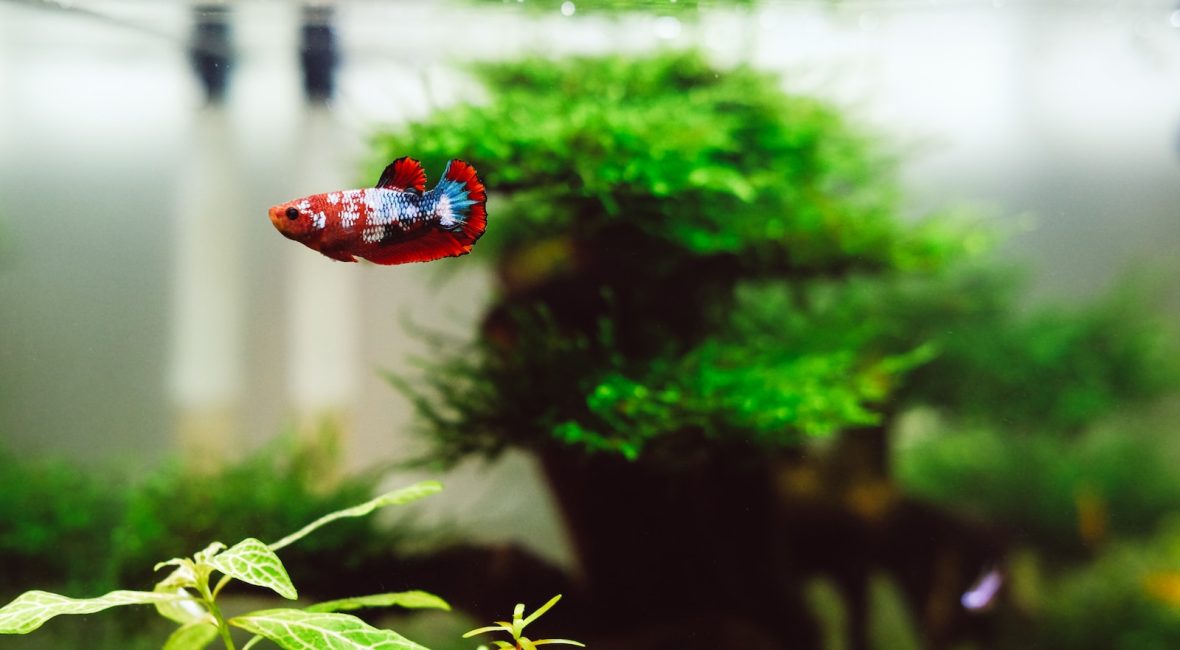





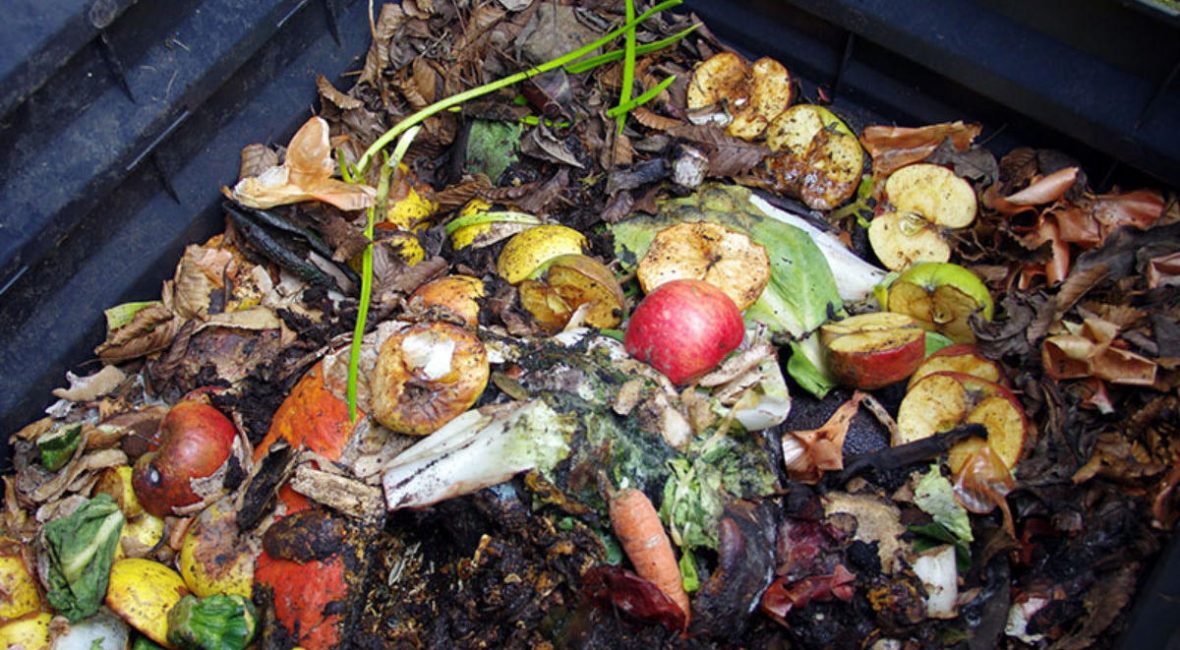
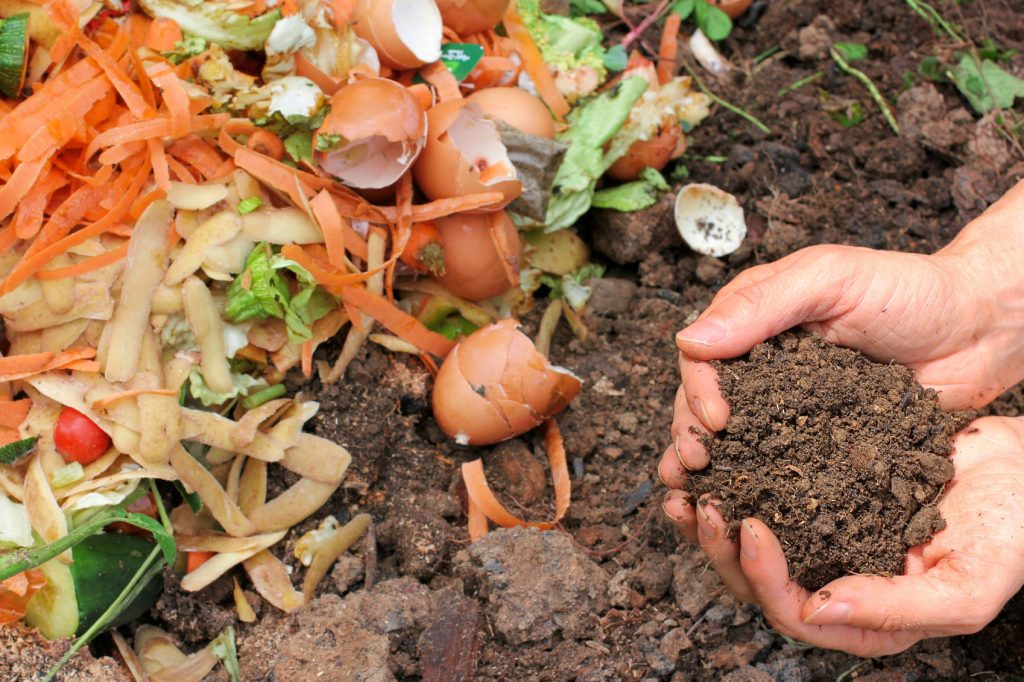
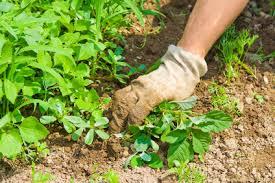
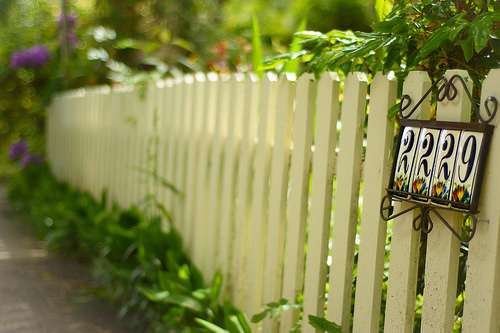
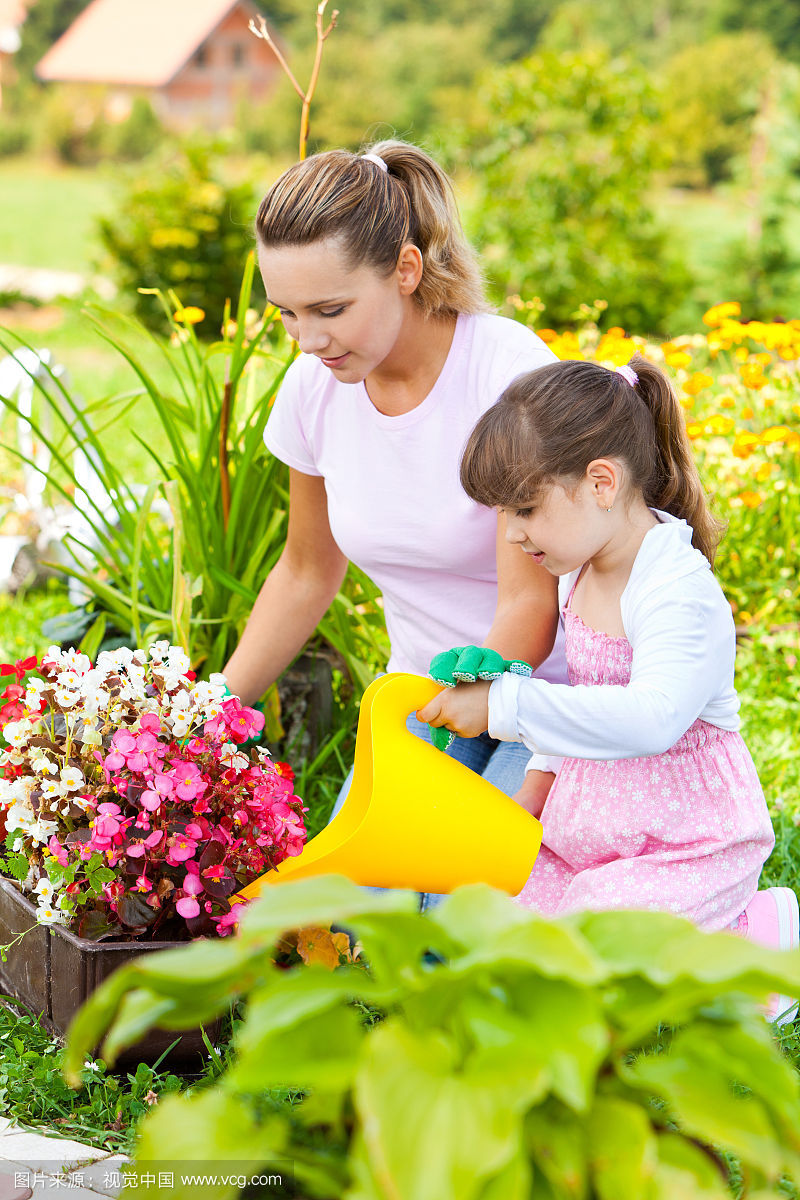 In the Bible, in the 2nd and 3rd chapter of Genesis, we have the story of the first man Adam, and his wife Eve, in the Garden of Eden. God created this Garden with plenty of lush, greenery and trees bearing all kinds of fruits and placed the couple to enjoy the fruits of the garden. He had given them all the freedom except, to eat from the ‘Tree of knowledge’. The story goes on to tell how man and the woman fell from obeying the command when tempted by the Serpent who symbolises the devil and sinned against God. Consequently they were driven out of the garden and also were prevented to come again in the garden or to have access to another tree, ‘The tree of Life’ which was now guarded by a guardian angel. Many Biblical students, scholars and the Christian people around the world take the story to be literal. They believe in the Eden Garden as a real physical place somewhere on the face of the earth. What is the Garden of Eden? The Garden of Eden is the Sub-conscious mind of human being! Raised bed gardening is a relatively new method of gardening that has become popular among many. It involves creating a bed in the surface of your garden, and having your plants placed in them. If you are building the bed on your own, then it can be as long and wide as you would like it to be. But stores also have ready made sizes which are available for you to order. Raised bed gardening is not too different compared to regular gardening. The length and width can be set to your discretion, and the height of the soil is always above ground level. Normally, the soil is about six to twelve inches above the soil that is outside the bed, but you can have the soil as high or low as you want it to be. Having the soil higher can give many advantages. One of the main advantages of having the soil higher is that the soil will produce more compost, which will help your plants grow. The compost will come from the grass and leaves and will enrich your soil.
In the Bible, in the 2nd and 3rd chapter of Genesis, we have the story of the first man Adam, and his wife Eve, in the Garden of Eden. God created this Garden with plenty of lush, greenery and trees bearing all kinds of fruits and placed the couple to enjoy the fruits of the garden. He had given them all the freedom except, to eat from the ‘Tree of knowledge’. The story goes on to tell how man and the woman fell from obeying the command when tempted by the Serpent who symbolises the devil and sinned against God. Consequently they were driven out of the garden and also were prevented to come again in the garden or to have access to another tree, ‘The tree of Life’ which was now guarded by a guardian angel. Many Biblical students, scholars and the Christian people around the world take the story to be literal. They believe in the Eden Garden as a real physical place somewhere on the face of the earth. What is the Garden of Eden? The Garden of Eden is the Sub-conscious mind of human being! Raised bed gardening is a relatively new method of gardening that has become popular among many. It involves creating a bed in the surface of your garden, and having your plants placed in them. If you are building the bed on your own, then it can be as long and wide as you would like it to be. But stores also have ready made sizes which are available for you to order. Raised bed gardening is not too different compared to regular gardening. The length and width can be set to your discretion, and the height of the soil is always above ground level. Normally, the soil is about six to twelve inches above the soil that is outside the bed, but you can have the soil as high or low as you want it to be. Having the soil higher can give many advantages. One of the main advantages of having the soil higher is that the soil will produce more compost, which will help your plants grow. The compost will come from the grass and leaves and will enrich your soil.
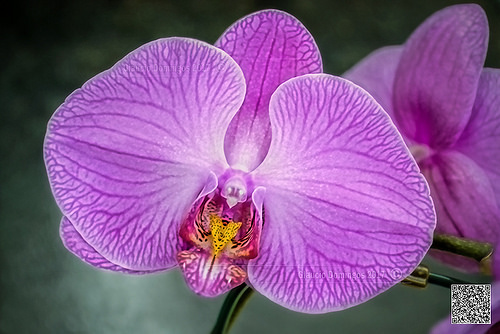

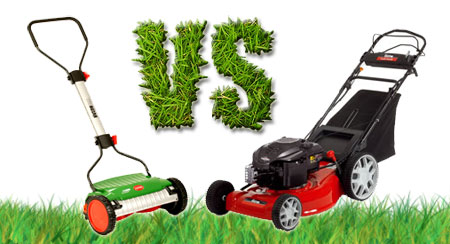

Recent Comments